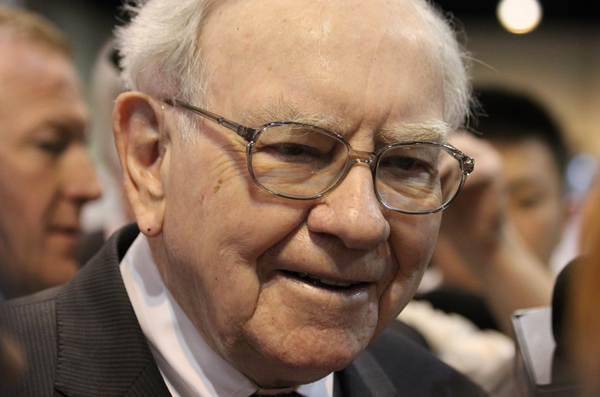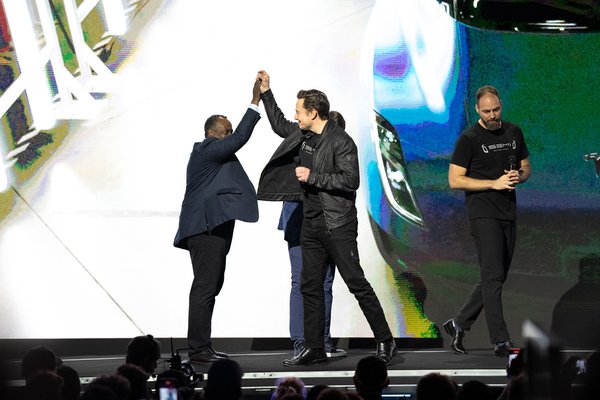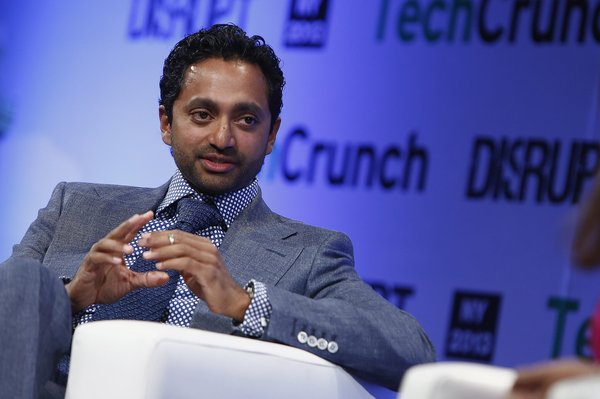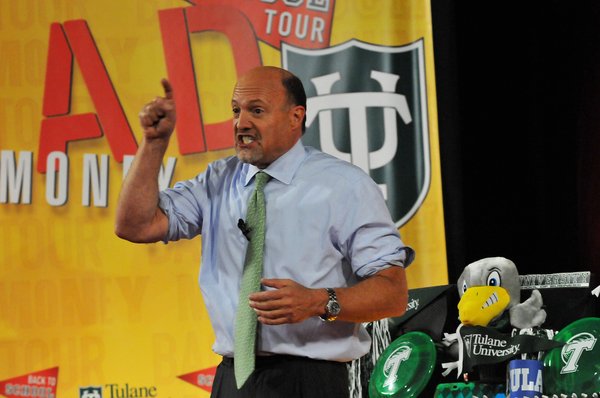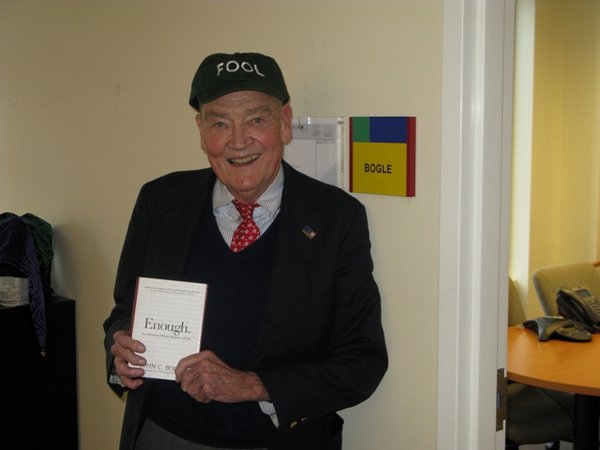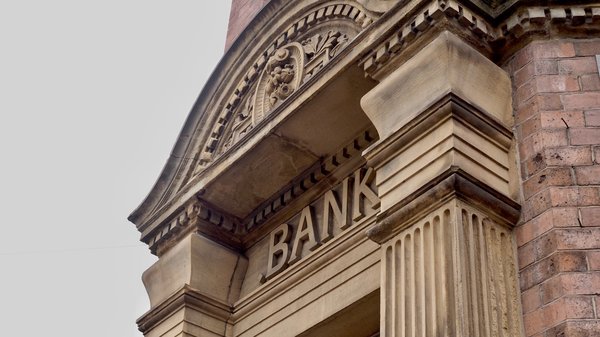Peter Lynch is a legendary investor who is often mentioned in the same context as Warren Buffett, Benjamin Graham, Charlie Munger, and other billionaires who made their fortunes through the stock market. In this article, we'll take a look at why Lynch has become such a famous investor, some of the key aspects of his investment style, and how you can learn more about Lynch's stock-picking philosophy.
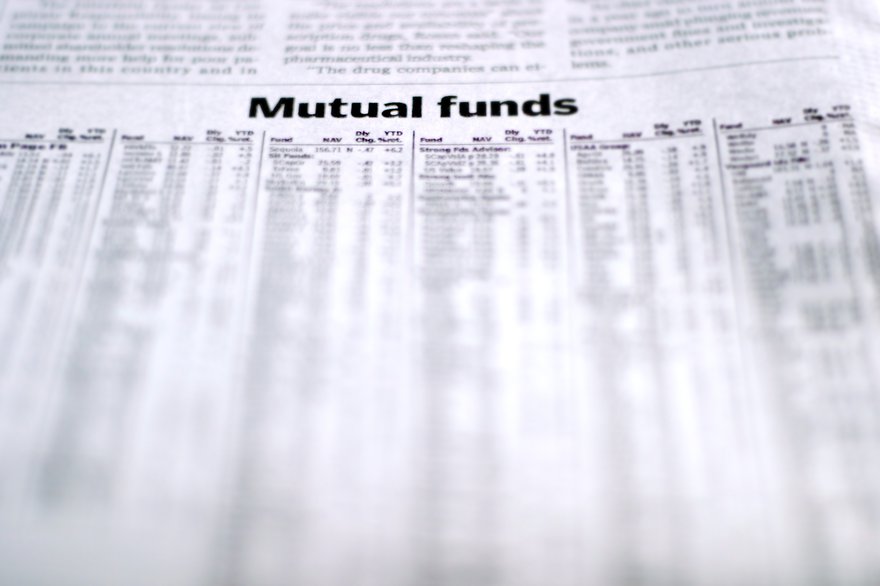
Who is Peter Lynch?
Who is Peter Lynch?
Peter Lynch is one of the most highly respected investors of all time, and for good reason. He is widely considered to be the most successful mutual fund manager ever.
During his career at Fidelity Investments, Lynch was the manager of the firm's Magellan Fund from 1977 to 1990, where he averaged a 29.2% annualized return, a remarkable level of performance to sustain for 13 years. To put this level of performance into perspective, a $10,000 investment at the time Lynch started managing the fund would have grown to nearly $280,000 by the time he left.
Lynch is also one of the most widely read authors of investing books, with several best-selling books on value investing, including the massively successful 1989 book One Up on Wall Street.
Peter Lynch's personal stats
Peter Lynch's personal stats
- Age: Born Jan. 19, 1944.
- Source of wealth: Investment management.
- Marital status: Widower.
- Residence: Boston, Massachusetts.
- Children: Three.
- Education: Boston College (BA), The Wharton School of the University of Pennsylvania (MBA).
Peter Lynch's investment approach
Peter Lynch's investment approach
Peter Lynch has written three major books on investing, so his strategy and philosophy aren't exactly a secret.
Lynch's most popular investment philosophy is "invest in what you know," which was a major theme of his best-selling book One Up on Wall Street. Lynch believes that contrary to popular opinion, smaller investors actually have an advantage over Wall Street professionals because they can find real-world investment opportunities before they land on Wall Street's radar. In recent years, Lynch has specifically mentioned Apple (AAPL -0.35%) as an opportunity he noticed when his daughter bought an iPod at a higher price than most other portable music players on the market, although he never acted and bought the stock.
Lynch is not a market-timer. He believes in finding great opportunities and holding on to them. In other words, Lynch didn't buy or sell stocks in anticipation of the market going up or down. He also used a combination of growth and value investing, using the latter to find stocks trading at reasonable value but using growth principles to find opportunities for rapid business growth. His strategy is often referred to as "growth at a reasonable price," or GARP.
Growth at a Reasonable Price (GARP)
When it comes to growth stories, Lynch advises investors to determine what "inning of the ball game" a company is in. One example he gives is a big position he opened in McDonald's (MCD -0.91%), which was unpopular with many investors at the time who saw limited room for growth -- and then spent the next two decades building its international footprint. And during the 20-year period starting in the mid-1980s, when Lynch invested, McDonald's generated a 3,000% total return for investors. The lesson: Don't assume a big and successful business has no room to grow. A similar situation unfolded with Starbucks (SBUX 0.47%) in more recent times.
Although he retired from the Magellan Fund in 1990, Lynch occasionally gives interviews and makes television appearances. In recent years, he has said that investors aren’t "careful" enough in today’s market, with too many people buying a stock simply because they heard about it from a friend or at a party. He cautions against trading, which has become far easier in today's world of commission-free trading, but also says that there is much more information available today for investors who want to learn how to invest properly and do their homework.
Peter Lynch's investments
Peter Lynch's investments
One of the more interesting aspects of Lynch's investment strategy is that, unlike most other highly successful investors, Lynch achieved his returns without a concentrated stock portfolio. For example, Berkshire Hathaway’s (BRK.A -0.76%)(BRK.B -0.69%) stock portfolio is worth about $350 billion and is mainly run by Warren Buffett, but it contains fewer than 50 stocks, with the bulk of the assets concentrated in the five largest positions. On the other hand, at the time Lynch resigned as the manager of the Magellan Fund in 1990, it had more than 1,000 individual stocks in its portfolio. And his portfolio was skewed toward small companies where Lynch saw lots of growth potential.
To name a few, Ford (F -1.92%), General Electric (GE 0.68%), and Lowe’s (LOW -0.04%) were some of Lynch's most profitable stocks that still trade on public markets today.
More from this investor
More from this investor
As mentioned, Peter Lynch wrote three books (with co-author John Rothchild):
- One Up on Wall Street.
- Beating the Street.
- Learn to Earn.
One Up on Wall Street is a primer on Lynch’s investment philosophy and the advantages he feels individual investors have over Wall Street experts. Beating the Street takes it a step further and shows investors real-world examples of how Lynch uses his philosophy to pick stocks. Finally, Learn to Earn is geared toward newer investors, especially those who are relatively young.
Peter Lynch compiled a legendary record of performance at Fidelity’s Magellan Fund and then retired in 1990 at the young age of 46. Lynch is often thought of as one of the best stock investors of all time, and rightfully so.
Peter Lynch FAQs
Peter Lynch FAQs
What is Peter Lynch's investing style?
Peter Lynch uses a combination of value investing principles, growth investment principles, and other investment techniques to find excellent opportunities. He doesn't limit his strategy to any particular sector and doesn't have an upper limit on the number of stocks he's willing to hold at a time. However, he's a firm believer in thoroughly analyzing investment opportunities and using everyday observations to find investment opportunities before they are on Wall Street's radar.
What companies did Peter Lynch invest in?
At the time he retired from the Magellan Fund in 1990, the portfolio contained more than 1,000 stocks. Notable investments Lynch made include McDonald's, Ford, General Electric, and Lowe's, all of which were quite profitable for Lynch and his investors.
How many stocks did Peter Lynch own?
If we include stocks he bought more than once, Lynch purchased well over 10,000 stocks in the Magellan Fund's portfolio. At any given time, it was common for there to be over 1,000 stocks in the portfolio, and at one point, the Magellan Fund had as many as 1,400 stocks in it.









